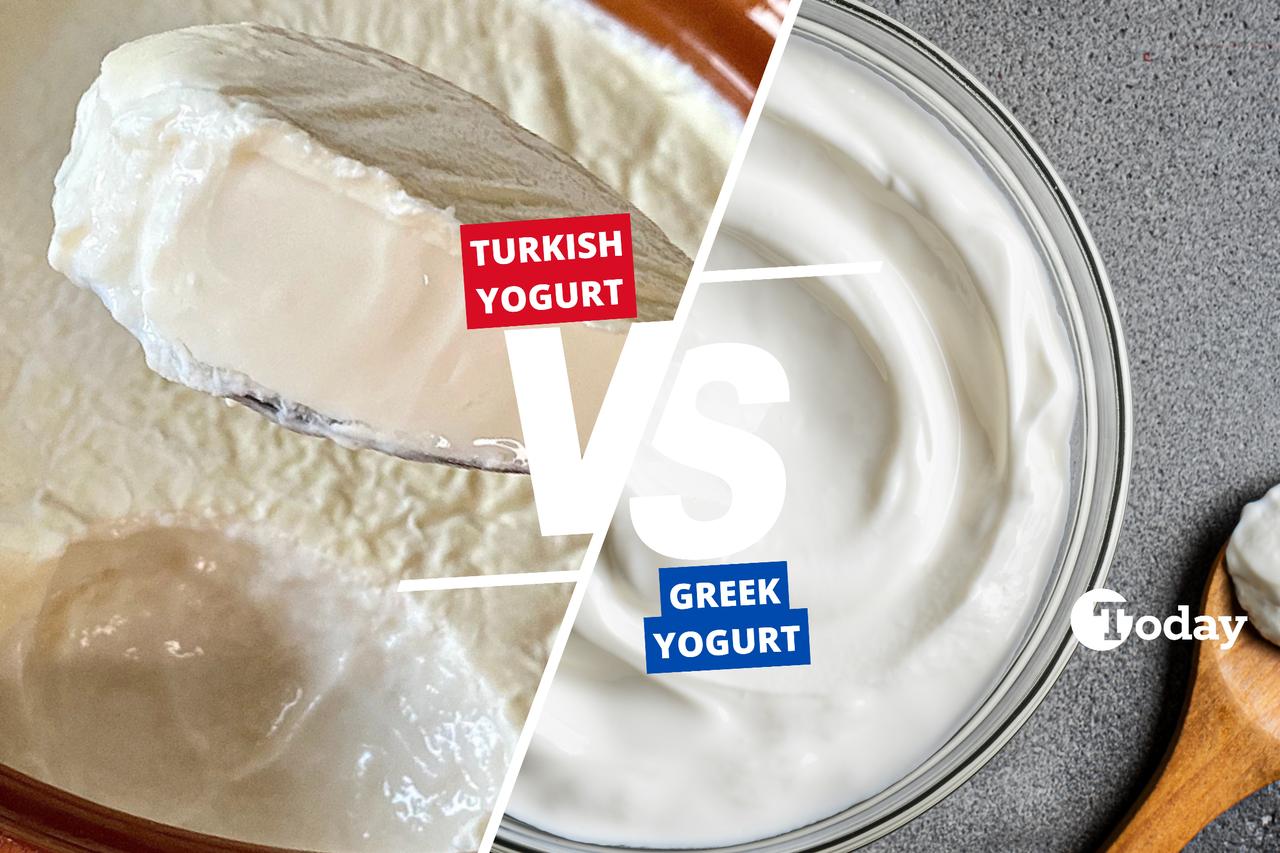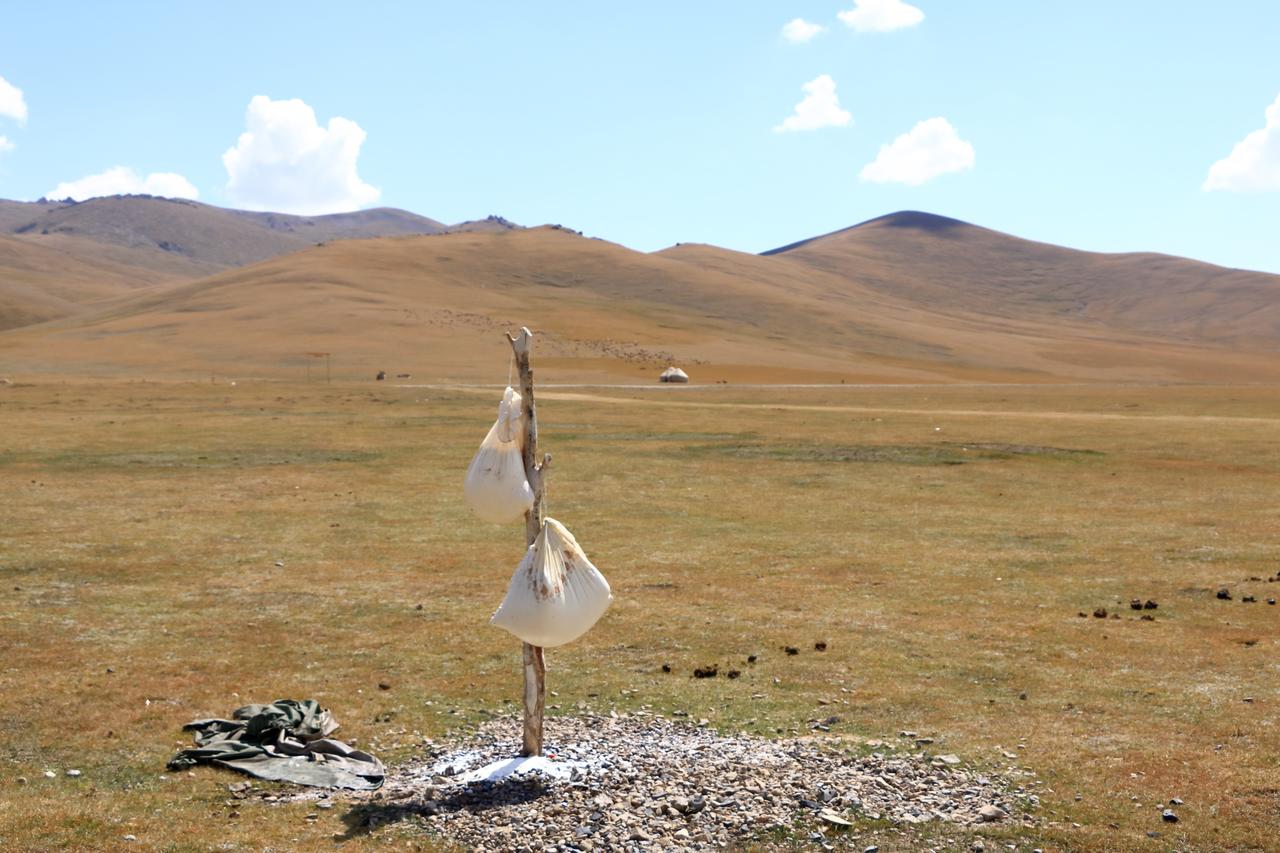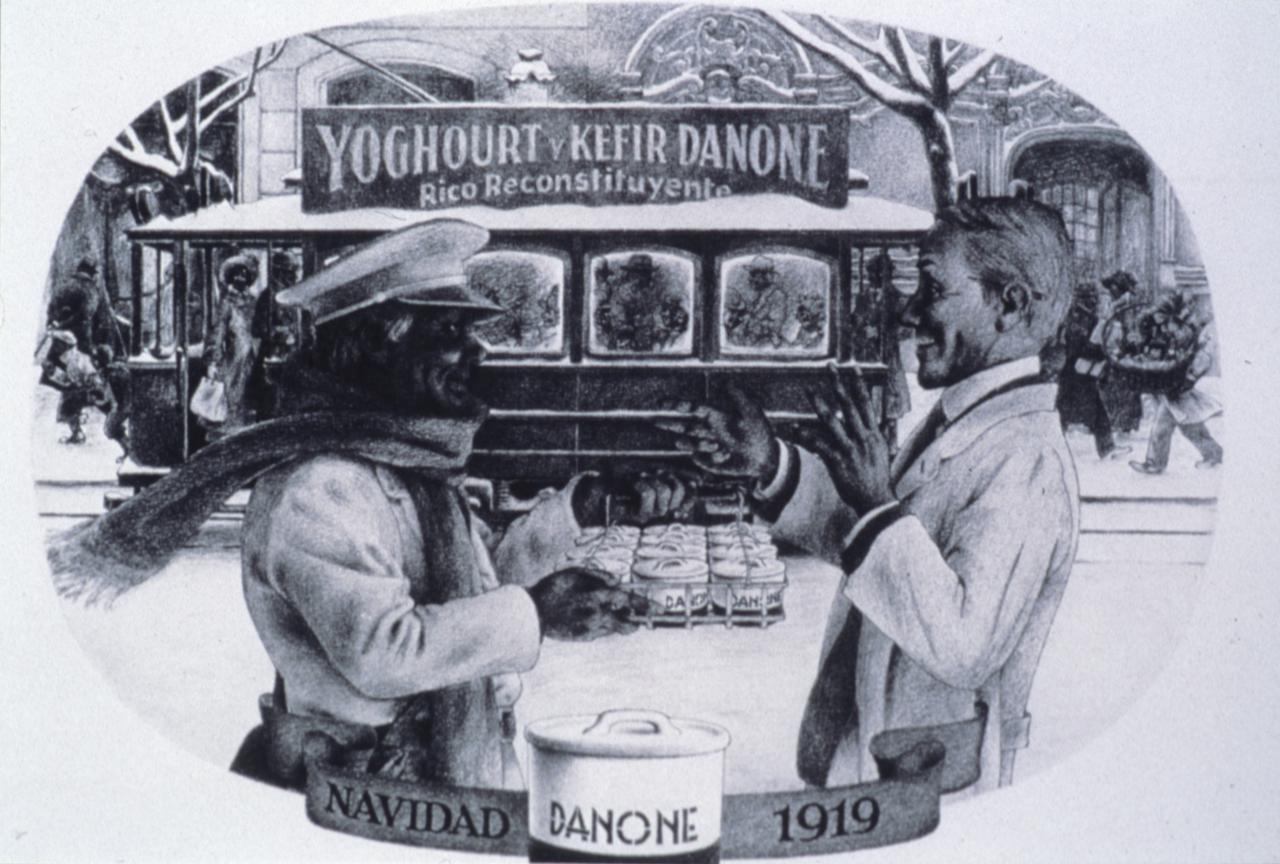
The recent sponsorship deal between Türkiye’s major football club Fenerbahce and Chobani, a leading yogurt brand founded by Turkish-American entrepreneur Hamdi Ulukaya, has reignited a global conversation: Is yogurt originally Turkish or Greek?
When Ulukaya launched Chobani in the United States, he drew inspiration from the Turkish word “coban,” meaning shepherd, choosing the brand name to reflect the pastoral origins of yogurt itself. What Americans commonly know as “Greek yogurt”—a thick, creamy, and tangy product—is in fact a variety that closely resembles Türkiye’s traditional “suzme yogurt,” a strained form of yogurt that has been consumed in Central Asia for millennia.

The history of yogurt is deeply intertwined with the domestication of milk-producing animals in prehistoric Asia. As early as 8000 B.C., people in the Near East began to domesticate sheep and goats, followed by cows and buffalo. With their herds, nomadic communities roamed vast territories from Central Asia to Europe, carrying not only their livestock but also their culinary traditions—yogurt among them.
Archaeological findings suggest that milk usage in Europe dates back as far as 7000 B.C., with pottery residue analyses indicating early forms of dairy fermentation. It is believed that the warm climate, combined with natural lactic acid bacteria, caused milk to ferment spontaneously, leading to the accidental creation of yogurt.
Yogurt entered human diets not as a luxury, but as a survival necessity. In a setting where milk spoiled quickly, fermentation allowed it to be preserved and digested more easily. Historical references from ancient civilizations— including the Sumerians and Hittites—confirm the consumption of fermented dairy.
Legends surrounding yogurt abound. In one tale, Genghis Khan’s soldiers revived their strength by drinking a white substance unknowingly provided in place of water—it turned out to be yogurt, which soon became a staple in the Mongol army’s diet. Another story links yogurt to Abraham, who is said to have lived 175 years thanks to his regular consumption of a divine fermented milk.

The word “yogurt” appears in numerous languages, but its Turkish origin is recognized worldwide, including in the Encyclopaedia Britannica, Oxford English Dictionary, and Webster’s Dictionary.
By the eighth century A.D., Turkish communities were using the word “yogurt” and its variants such as “kurut or qurut” (dried yogurt) and “suvuk” (diluted yogurt). References to yogurt can also be found in ancient Uyghur texts and Buddhist rituals, where it was offered to deities.

The spread of yogurt into Europe is often traced back to the 16th century, when France’s King Francis I suffered from a severe intestinal disorder. Upon request from his mother, Sultan Suleiman I of the Ottoman Empire dispatched a Jewish physician, who used yogurt to treat the king. While the doctor kept his recipe secret, the treatment’s success earned yogurt the title “The Milk of Eternal Life.”
Later, during the 19th century, a Turkish-Armenian entrepreneur named Aram Dokmejian popularized yogurt in Paris with scientific backing from the Pasteur Institute. Though initially dismissed, yogurt gained acceptance as a health food and ultimately became widely consumed across France.

The story of Danone, today one of the world's largest yogurt producers, also began in the Ottoman Balkans. Isaac Carasso, a Sephardic Jew from Selanik (now Thessaloniki), moved to Barcelona in 1912. Troubled by local outbreaks of digestive diseases, Carasso began producing yogurt in 1919 using traditional methods he had learned in Türkiye. Naming his product after his son Daniel—“Danone” in Catalan—Carasso marketed yogurt not as a food but as a medicinal product, selling it through pharmacies.
His son Daniel expanded the business in France and later in the United States, founding Dannon Milk Products in 1942. This marked the beginning of yogurt’s industrial production in North America.

At the turn of the 20th century, Nobel Prize-winning scientist Ilya Metchnikoff, working at the Pasteur Institute, theorized that yogurt contributed to longevity. Observing that populations in the Caucasus and Anatolia lived longer, he attributed their health to the lactic acid bacteria in yogurt, which he believed countered harmful intestinal toxins.
Later developments in yogurt production in the U.S. introduced probiotics such as Lactobacillus acidophilus and Bifidobacterium, creating what became known as “reform yogurt.” Hollywood celebrities and physicians alike promoted its benefits, further fueling its popularity across the Western world.
While yogurt today is a global product, its historical and linguistic roots point unmistakably to the Turkic world. The lifestyle of Central Asian nomads, who preserved milk by fermenting it with natural agents, laid the foundation for yogurt as we know it. Through trade, migration, and cultural exchange, yogurt reached every corner of the world — but always carried with it echoes of its original name and origin.